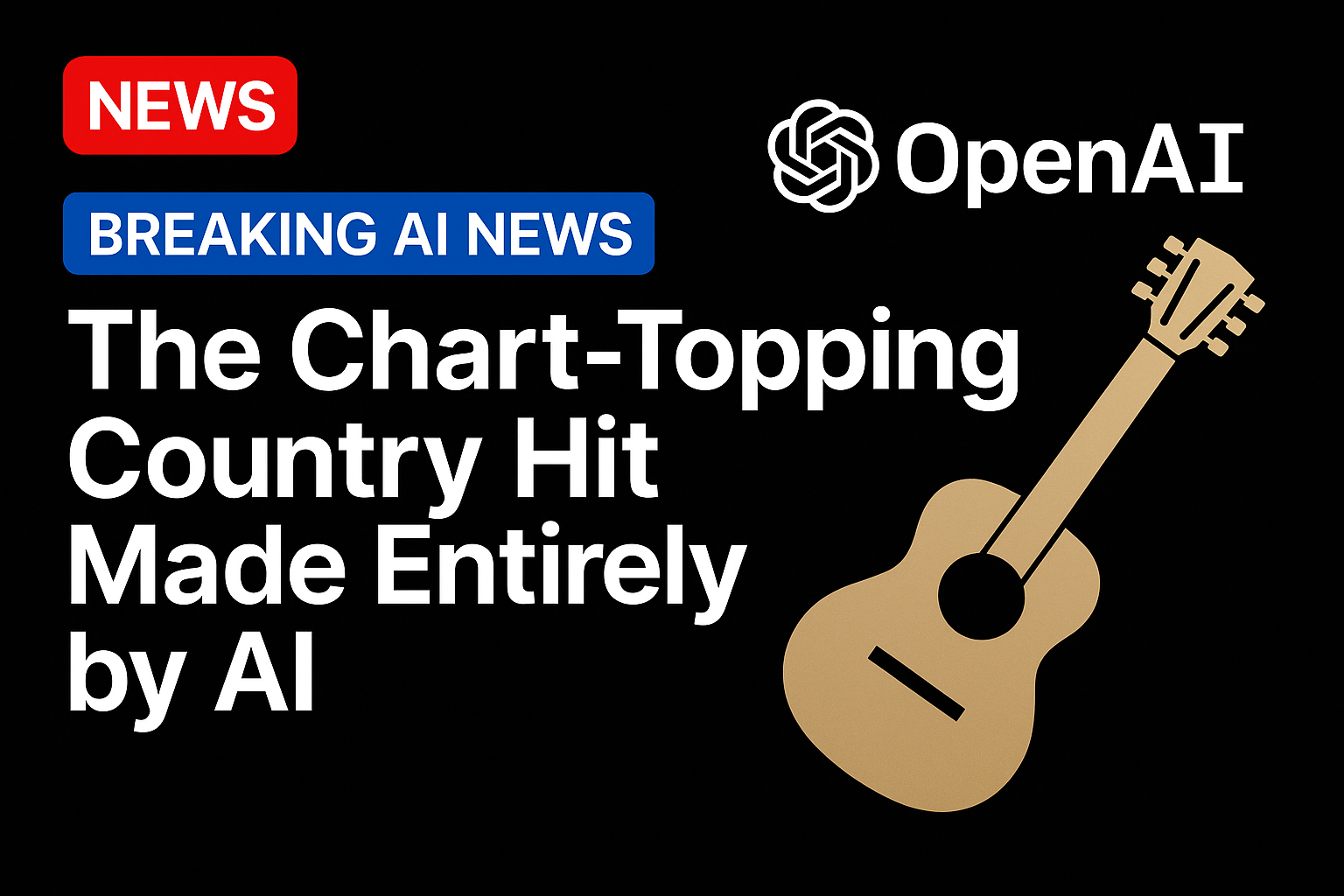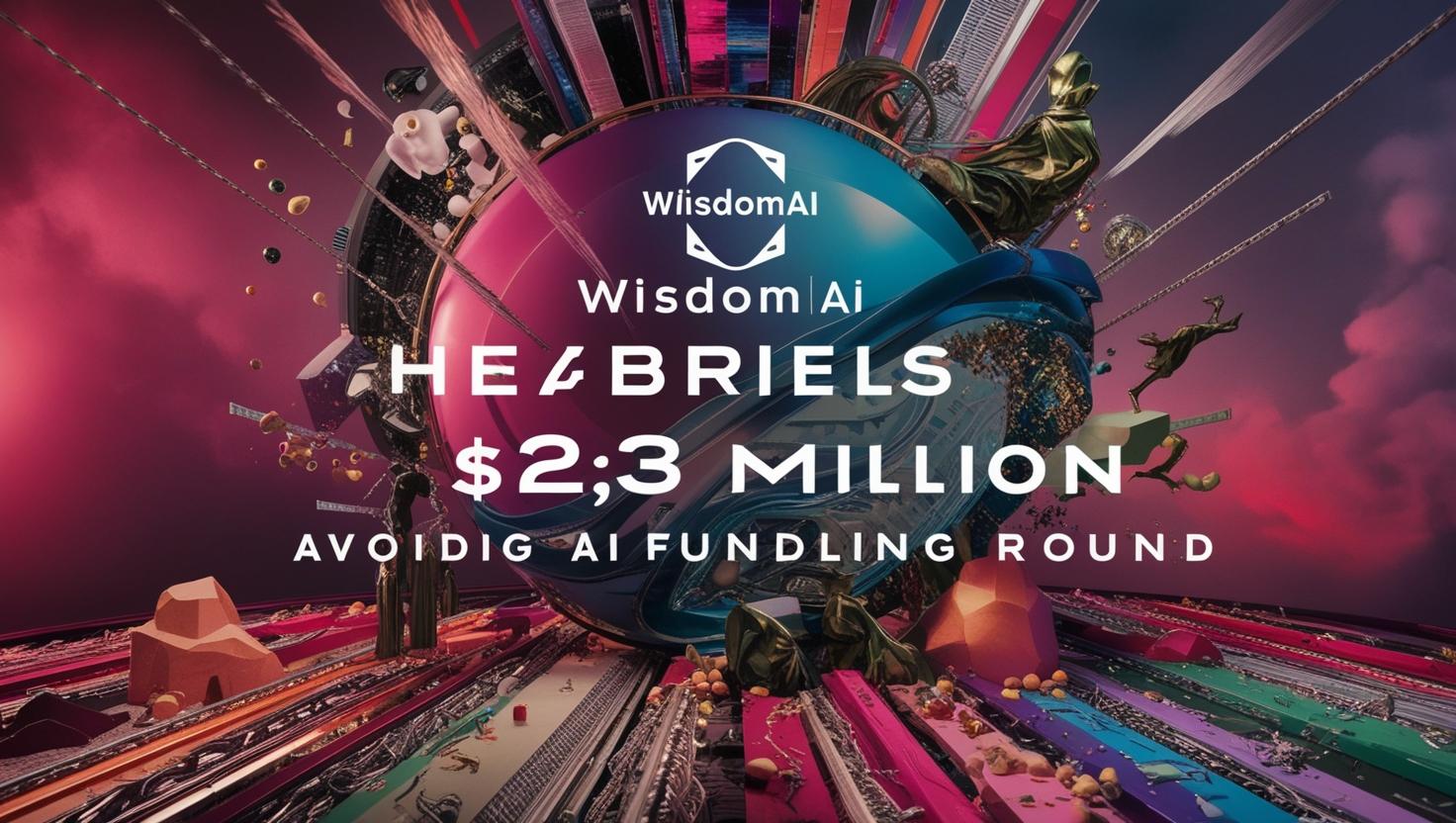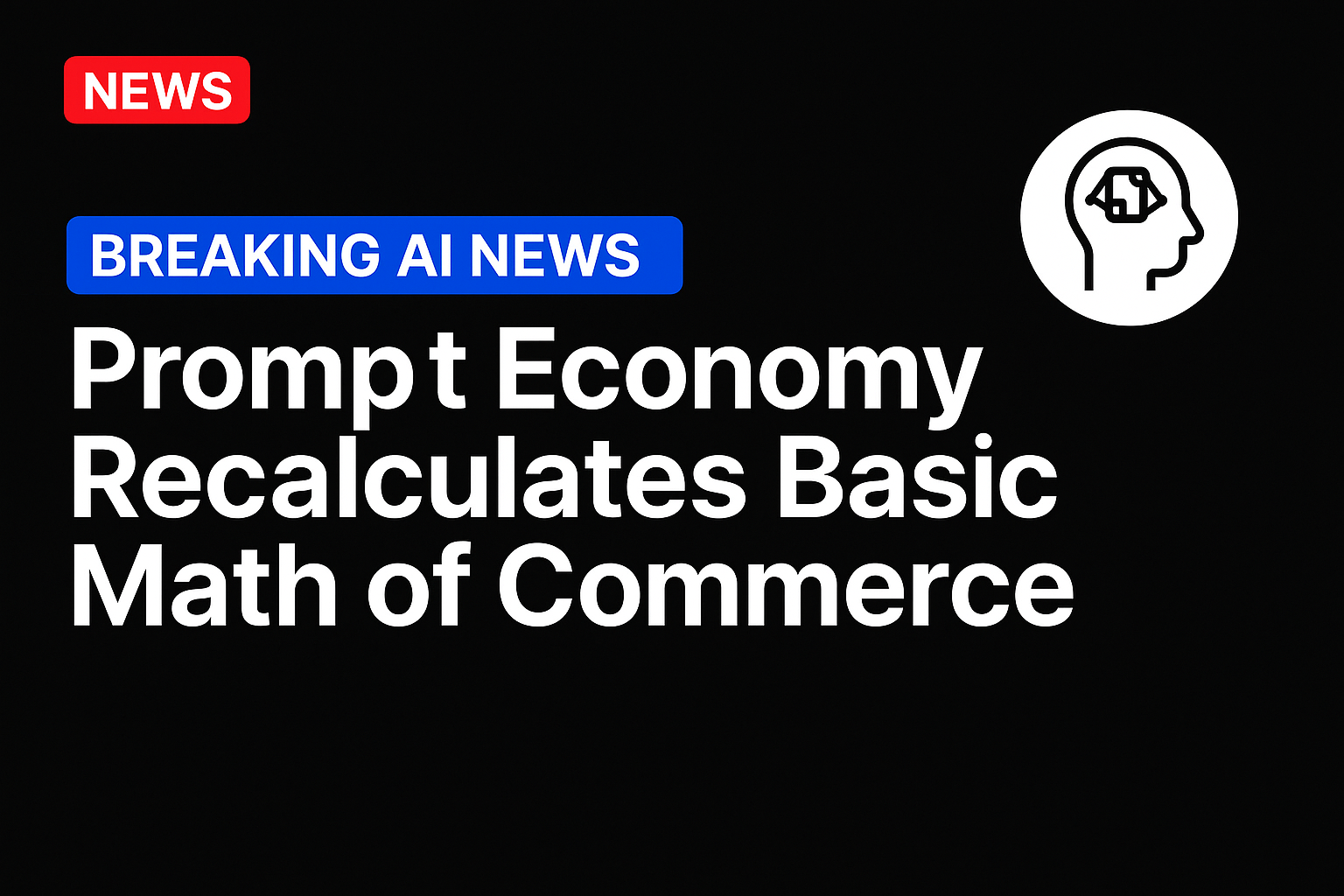
When a musician hits No. 1 on a Billboard chart, it’s an accomplishment. So, when Breaking Rust reached that milestone earlier this month, it should have been an exciting moment for the artist. But this “artist” is AI.
Breaking Rust reached No. 1 on Billboard’s Country Digital Song Sales chart with its debut track “Walk My Walk.” Reporting from outlets including, Time and USA Today, show that many listeners learned the song was created with artificial intelligence only after it drew media attention. The delayed recognition shaped reactions and raised questions about how synthetic performers should be disclosed.
This confusion was not unique to Breaking Rust. A recent Ipsos survey for Deezer found that 97% of listeners could not reliably distinguish AI-generated music from human performances, according to Reuters. The study also reported that 73% of respondents want clear labeling, a concern that mirrors the reaction to Breaking Rust’s undisclosed origin.
AI Artist Reaches a Commercial Platform
Breaking Rust rose on the chart before most listeners understood its origin. Axios reported that “Walk My Walk” became the week’s top paid country download, placing the AI act ahead of human artists. Time noted that the lack of upfront clarity helped fuel skepticism after the track gained attention, intensifying the call for consistent disclosure standards in commercial music channels.
The Independent later identified Breaking Rust as an AI-generated act credited to producer Aubierre Rivaldo Taylor. The outlet described the persona’s cowboy imagery as AI-created, including desert-highway visuals generated through image models. The disclosure shifted the conversation from the song’s performance to the question of how clearly synthetic artists must be labeled as AI-generated when entering commercial music channels.
Once the AI origin entered public discussion, audience reactions sharpened. Forbes reported that YouTube users split between interest and concern. Some said the vocals sounded convincing; others said the revelation changed their perception of the track. Several questioned whether a synthetic act that did not disclose its nature should qualify for a Billboard ranking.
People.com found similar reactions on streaming platforms. Many listeners said they initially assumed Breaking Rust was a human newcomer. Some said the lack of a human backstory weakened the song’s emotional impact, especially in a genre built on lived experience. Others said the absence of upfront disclosure felt misleading, while a smaller group argued that the music should be judged on quality alone.
Critics also pointed to signs of synthetic production. Time noted even breath patterns and the absence of human vocal imperfections. Opus described the track as part of a growing wave of “AI slop,” arguing that it relies on pattern-matching rather than interpretation. Axios reported that Nashville writers are calling for clearer rules, quoting the Nashville Songwriters Association International’s demand for “permission, payment, proof and penalties” when artificial intelligence systems are used.
Synthetic Music’s Growing Role and What It Implies
Breaking Rust’s ascent reflects broader changes in how music is made and distributed. Machine-learning models can generate vocals, lyrics and instrumentation and release material rapidly.
Synthetic output introduces challenges for streaming platforms. The Guardian reported that AI-generated tracks are appearing more often on viral lists, raising concerns about detection, labeling and how platforms will manage rising volumes of synthetic material.
Authorship and rights questions remain unresolved. Axios reported that Nashville writers want clear guidelines before AI-generated releases expand further, warning that synthetic tracks could strain copyright and royalty structures built around human authorship.
Synthetic music raises unresolved copyright and royalty issues. Rights groups such as ASCAP, BMI and SESAC were built to pay human creators, but AI-generated songs may have no legally recognized author. The U.S. Copyright Office has stated that works made without human authorship cannot be copyrighted, leaving ownership of fully synthetic tracks unclear. This gap creates the possibility that AI-made songs could circulate, chart and generate revenue without any clear rights holder to claim or receive royalties.
Source: https://www.pymnts.com/




